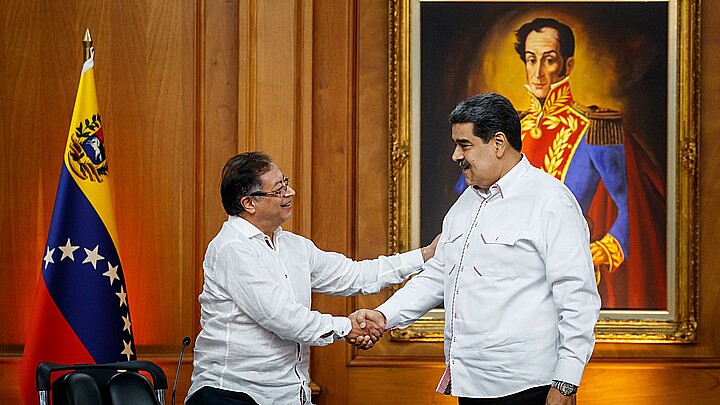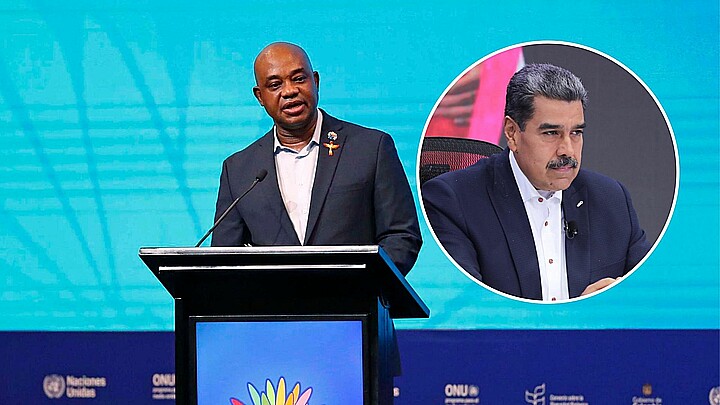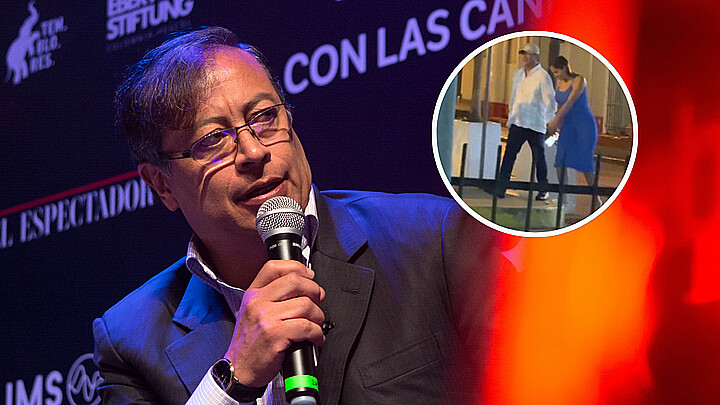Politics
Colombia and Venezuela revive trade agreement after four years
Trade between Colombia and Venezuela declined in 2015 after a political dispute led to frequent closure of the borders between the two countrie

February 17, 2023 12:57am
Updated: February 19, 2023 10:00am
Colombian President Gustavo Petro and Venezuelan President Nicolas Maduro met on the border dividing their countries on Thursday to sign a trade agreement that had been suspended for four years.
“This is not only about making trade easier but also about making it easier for people to move between both countries,” Petro said during the meeting where the two presidents whore matching white shirts.
“There has to be legality here so that the rights of people are protected,” he added.
The deal "updates everything having to do with tariffs, with goods traded, (and) lays the foundations for a new dynamic, for the expansion of trade between Colombia and Venezuela," Maduro said on state television.
Trade between Colombia and Venezuela declined in 2015 after a political dispute led to frequent closure of the borders between the two countries. In 2019, Maduro completely shut the border between the two and cut off diplomatic ties with Colombia.
Relations between the two South American countries were renewed after Colombia elected its first leftist president in 2022.
The resumption of commercial ties between Colombia and Venezuela officially began by enabling trucks to pass across the Simon Bolivar and Francisco de Paula Santander bridges in September. By January of this year, the two countries fully restored their diplomatic relations and reopened all of their land borders.
"We have to fill these bridges with trade," Petro said, adding that "there are lots still to do because it is not a question of whether these bridges are filled with trade but rather than they are filled with people."










